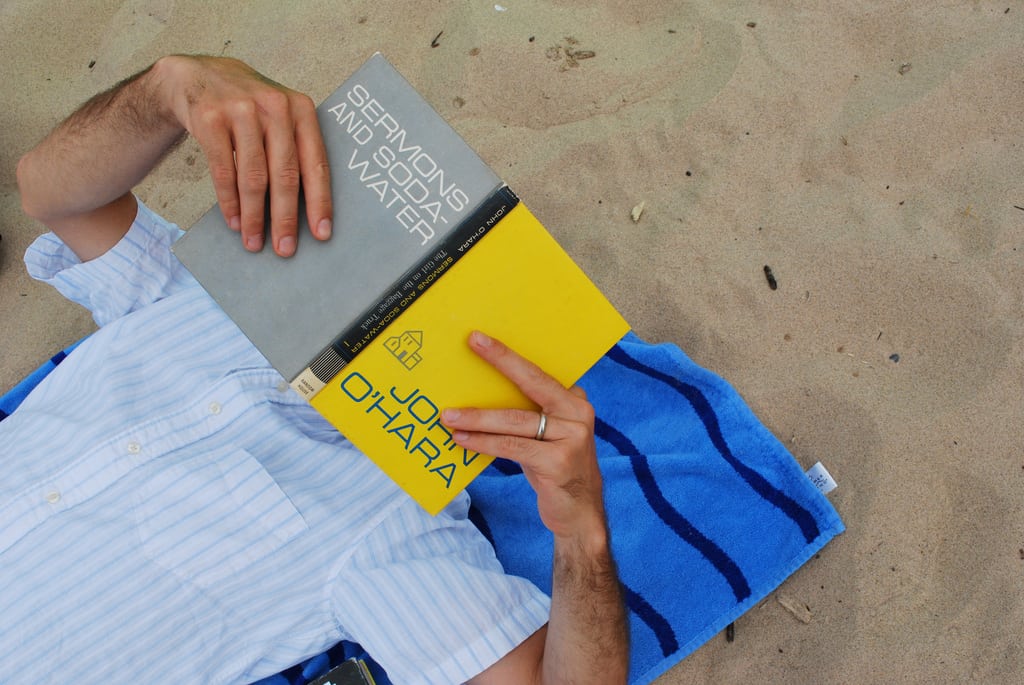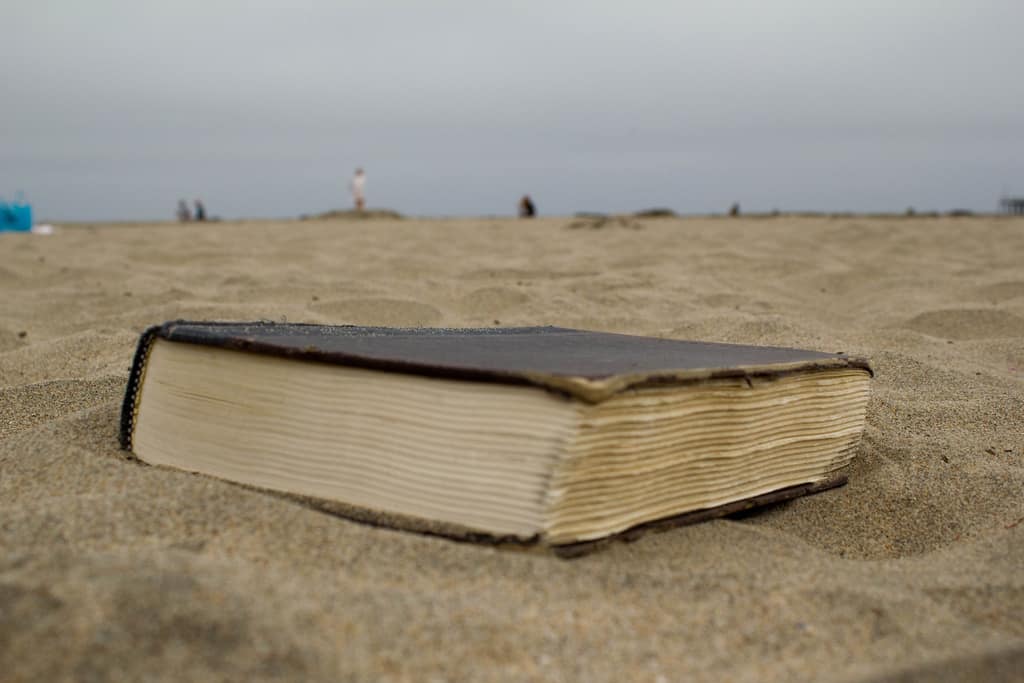I recently put in some hours re-reading one of my all time favorite books. The book, Brideshead Revisited, belongs to that exclusive club of books that I read over and over again. Brideshead in particular is a book that, no matter how many times I read it, still manages to overwhelm me.
This time, however, there was a tiny difference in my reading habit. It seems that for once in my life I’d caught up with endless march of technology; for the first time, I re-read Evelyn Waugh’s classic on my Kindle.1 As a lifelong (and relentless) bibliophile, it’s likely not in and of itself surprising that I would find use for an e-reader of some kind. What I was unable to foresee, however, is how the rise of the Kindle has changed my relationship to my favorite books.
For as long as I can remember I have been mildly2 obsessive about the condition of my favorite books. I hold them gently, like my grandmother’s arm, careful not to bend pages too quickly or to crease the spine. Even in paperback form I would never dream of highlighting, underlining, or writing in the margins. At times I’ve been accused of having an academic’s library (i.e., filling my shelves with books I’ve never opened), because my own copies of my favorite books, books I’ve read five and six times, look as though they’ve never been opened.
Owning a Kindle has changed all that. I still don’t take notes on the “pages” (or whatever they’re called on an e-reader), but I’ve started to appreciate the wonders of a feature that allows me to highlight quotes that have provoked emotion and thought in me for years without violating the steadfastly Platonic relationship I’ve enjoyed with physical books.
These days, when I’m laying on my proverbial beach re-reading one of my favorites, I find myself appreciating different things than I’d taken in before. To be sure this is partly because the brain can only absorb so much at any one time, but as I read (and gleefully highlighted), I found that there’s something of a pattern in the passages I was digitally setting aside. Importantly, the things that I was highlighting looked an awful lot like the things that had been coming up in my prayer. It was like they were helping me put words to thoughts and feelings that had been inside me, been part of my conversations with friends, but that I hadn’t quite known how to say.
I mean to say this: the things that we notice, the things that grab at our hearts during the day, can be crucial signs of our own spiritual dispositions. Even more, whether it’s in talking with your sister, watching Parks and Rec with a buddy, or seeing a play, the things that stir our hearts are living paths to God, live wires into which we can plug in order to plumb the direction of God’s activity in our lives. With a little digging, the bits of media that fill our lives can serve as signs, as first clues pointing toward God’s stirrings within us.
I’m sure that, if I had read a different work that day, say, Harry Potter or (ugh) The Hunger Games, I might have found myself thinking about something totally different. Or, to paraphrase Freud, sometimes a movie is just a movie. There’s a good chance that when you see Prometheus or The Avengers this summer, it won’t be a life-altering event. And far be it from me to condemn those who grab a beach novel, tune out, crack the spine, dog-ear the pages, and leave sea salt in the binding. Even there it’s worth perking up once in a while, lifting up our antennae just enough to feel God pricking us through the words of, say, Arthur Evelyn St. John Waugh.
— — — — —



